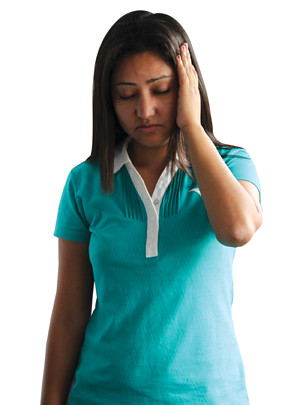Dizziness which is often described as a sensation of light-headedness is different from vertigo

AMIR JOSHI
A 48-year-old man arrived at our clinic complaining of dizziness and vertigo that had lasted for more than a week. When we questioned him further, he said that several times during the day he felt like the room was spinning and these symptoms became apparent when he made certain head movements. The man exercises regularly, leads a healthy lifestyle, and has no other medical problem. His physical examination was normal too.
Dizziness is a common complaint especially during the summer when people are dehydrated due to excessive sweating and inadequate fluid replenishment. Drinking sufficient fluid should take care of this common cause of dizziness.
People are also more prone to diarrhoeal diseases in summer. Those suffering from excessive diarrhoea often feel weak because of the decreased blood flow to the brain (due to fluid loss) especially when they suddenly try to stand up after sitting or lying down.
However, dizziness which is often described as a sensation of light-headedness is different from vertigo. If patients with diarrhoea or excessive sweating drink enough fluid, their dizziness subsides. But fluid intake does not solve the problem for vertigo patients. The confusion arises because people often use terms like dizziness and vertigo interchangeably.
The patient who visited us is suffering from a very common, but often alarming problem called benign positional vertigo (BPV). But as the name suggests the condition is not too serious. When a patient with BPV turns his head to the right or left, tilts it to look up, or lies down, he usually feels like the room is spinning.
The pathology lies in what is called the labyrinth (passage) inside our ears. The labyrinth of the ear is responsible for processing information in regards to position and movement. Inside the labyrinth are calcium carbonate crystals that have been displaced leading to BPV. Amazingly a simple procedure called the Epley manoeuvre can reposition the crystals to their normal state. After a diagnosis is made, healthcare professionals who know this technique can carry it out in the examining room and provide prompt relief to their patients.